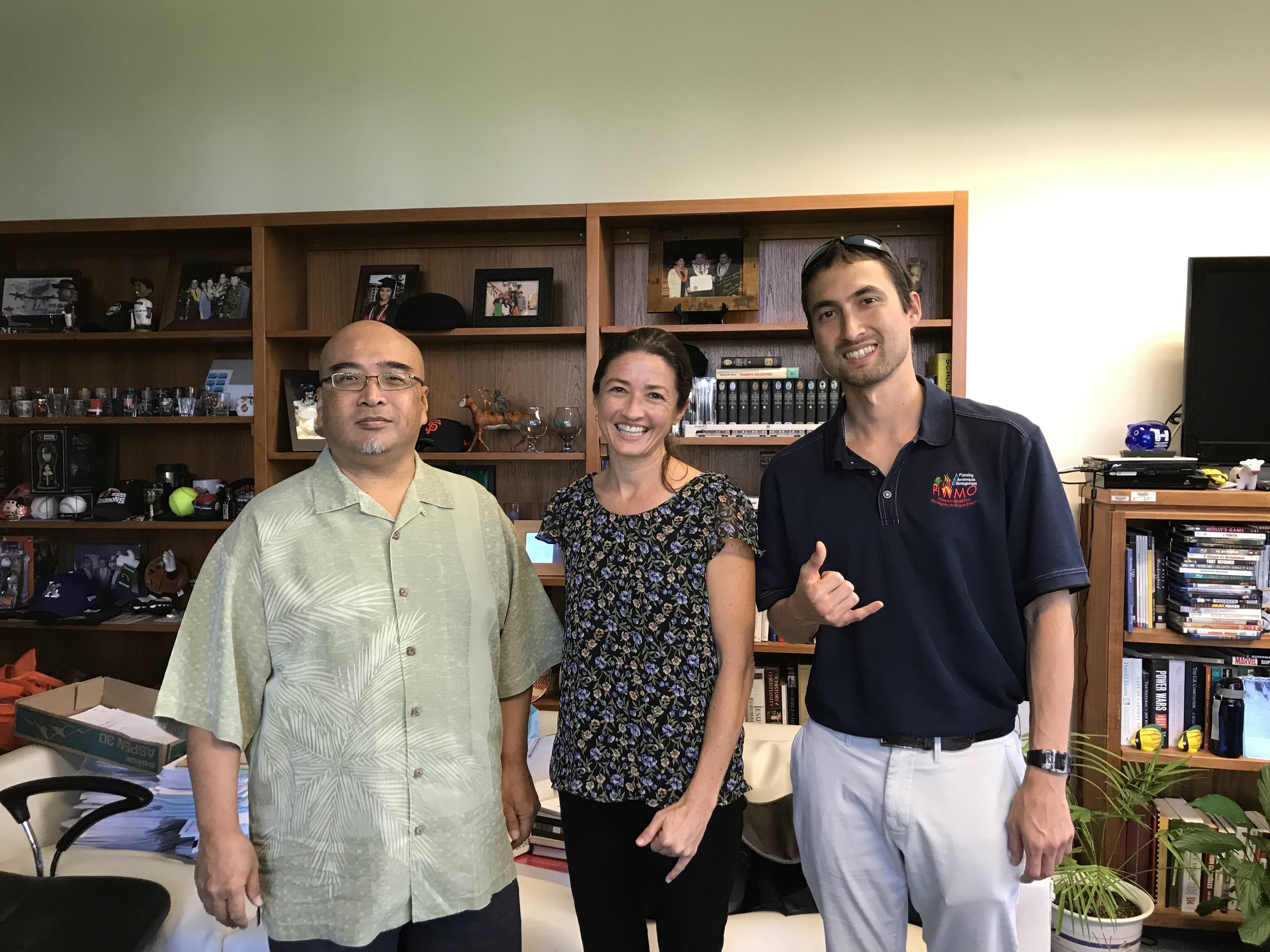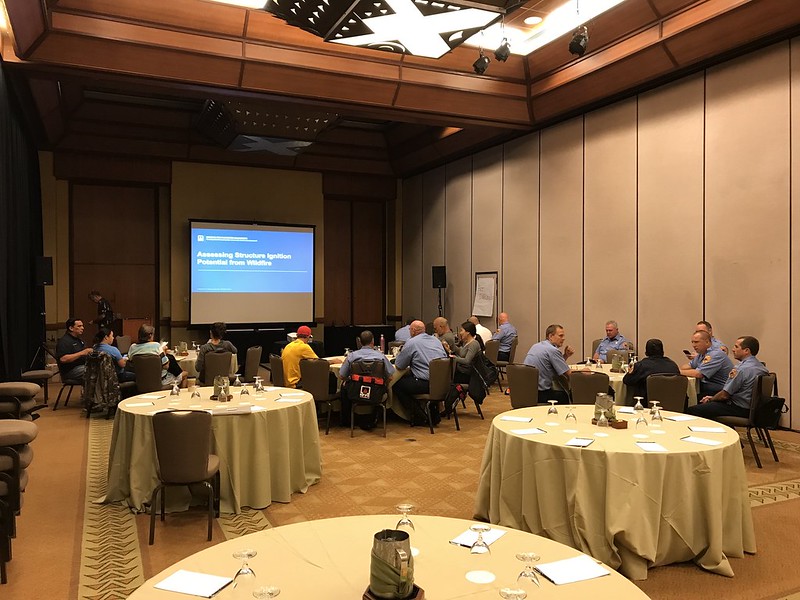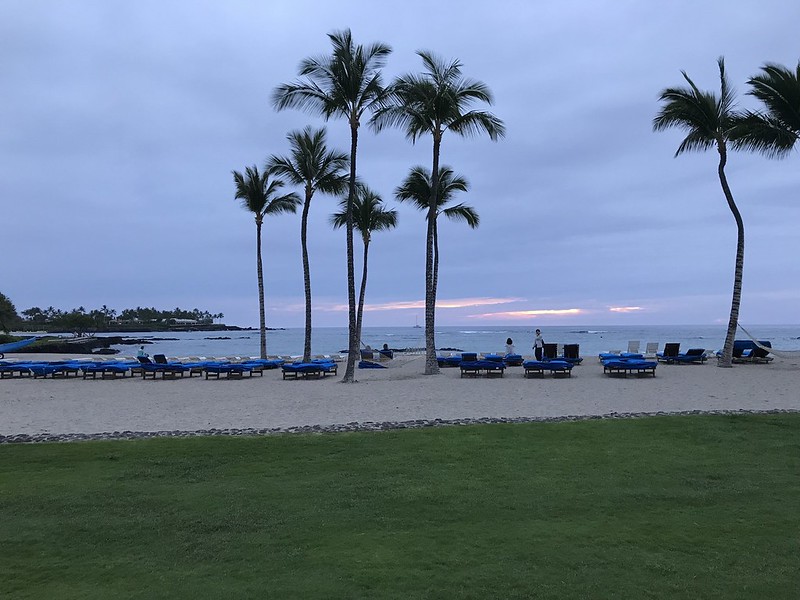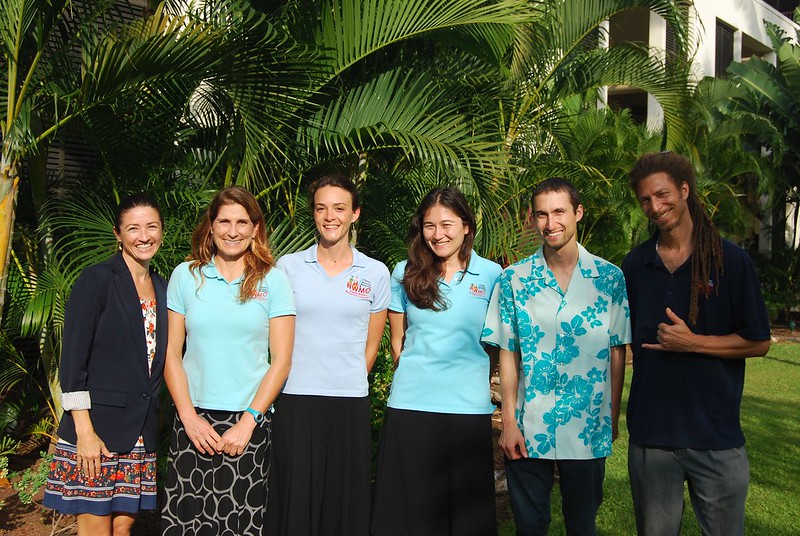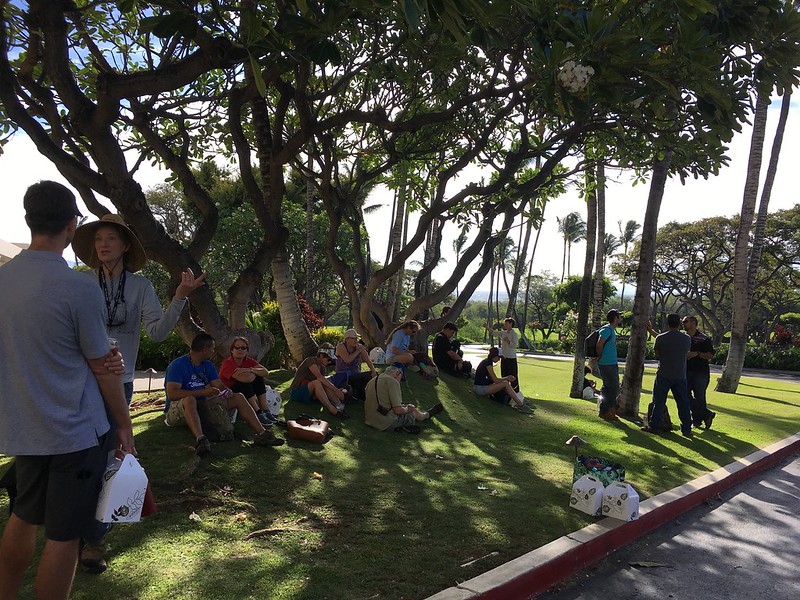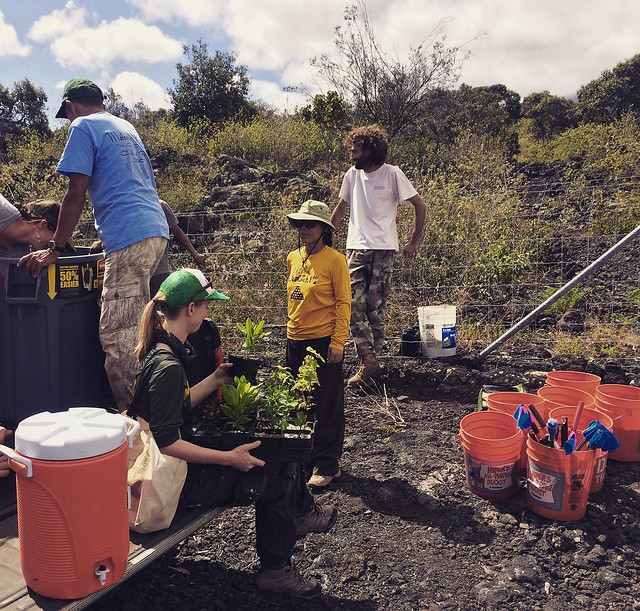HWMO’s Executive Director speaks in Honolulu at the 4th annual Wildfire and Drought LOOKOUT! campaign kickoff
Monday marked the launch of the 4th annual Wildfire and Drought LOOKOUT! campaign. Wildfire and Drought LOOKOUT! is a continuing campaign to keep people across the state informed of current fire and drought conditions, provide tips on protecting life and property from wildfires, and to provide information and education on how to deal with prolonged drought. More than thirty federal, state and county government agencies and supporting organizations are a part of the effort.
According to the The National Drought Mitigation Center, much of the State is currently undergoing drought conditions as Hawaii starts to enter drought season.
Source: National Drought Mitigation Center (NDMC)
For the United States Drought Monitor, click here.
Hawaii Wildfire Management Organization would like to remind everyone to be very careful in the coming months during Hawaii’s peak drought season. As Elizabeth Pickett (HWMO) reminds everyone in the Wildfire and Drought LOOKOUT! news release, please put barbecues and campfires out cold before walking away, do not pull over on dry grass, and hold off on using equipment that may cause sparks.
While some of the Hawaiian islands have recently undergone plenty of rainfall, be aware that in the coming months this could mean greater vegetation loads, and that means more fuel for fire.
Be aware, and remember that it only takes ONE spark to start a wildfire.

















